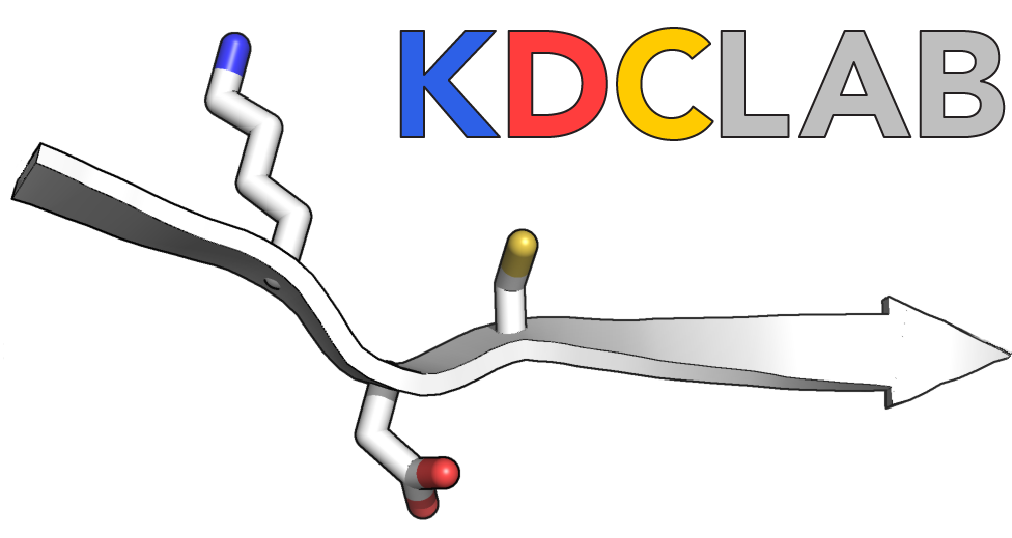UPDATE 10/29/14: The Cube Biotech columns apparently break VERY easily when taking the end pieces in and out, especially on the second or third round of packing them. I would not recommend them anymore. We are trying out the Econo-columns from Bio-Rad, which cost about the same but are only good for use in low-pressure environments.
We purify a lot of proteins, and the vast majority are cloned with His-tags for a simple affinity purification using immobilized metal-affinity chromatography (IMAC), usually with a Ni2+ resin. Since starting the lab, we have found the best combination of speed and ease-of-use with 5 mL pre-packed columns, which we use with a peristaltic pump. You can do several preps at a time, and using the pump gives you reproducible flow rates and prep times. However, these columns are pretty expensive: around $540 for 5 x 5 mL columns from either Qiagen or GE, making each one around $107. This adds up quick.
Recently I found these empty 5 mL columns at Cube Biotech:
Cube Biotech PureCube empty cartridge (#16917)
These are $174 for five, or $34.80 each. With the 5 mL bed filled with Ni-NTA agarose from Qiagen, the total price of a home-made column is $76.40 (we paid $832 for 100 mL Ni-NTA agarose, making 5 mL cost $41.60). Filled instead with Ni-IDA resin from Machery-Nagel (which works really well; at least as pure after the Ni2+ step as with Qiagen or GE resin), the total price is $50.35 (we paid $187 for 30 grams of Ni-IDA resin; 2.5 grams needed to fill this column costs $15.55).
$50.35 on the left, $107 on the right. Can you tell the difference?
An added benefit - the columns are re-usable, so when your resin reaches the end of its useful life, you can refill the column and bring your cost down even further.
Happy prepping!



